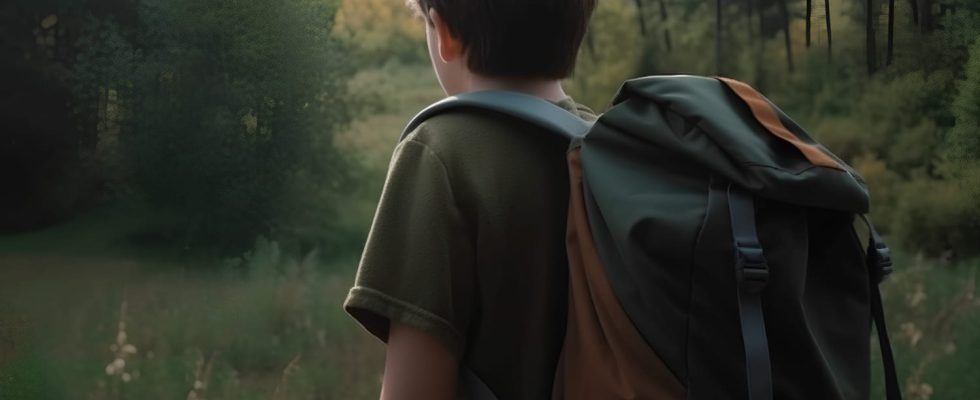Parents drop their children into the wilderness, with a map or GPS, to encourage them to find their way. A tradition called “dropping”.
Leaving your child alone in the forest in the middle of the night, with the aim of encouraging him to find his way, alone like a grown-up, such is the unusual tradition, yet very famous in this European country. If it reminds us of the story of Tom Thumb, fortunately the children are not abandoned in nature. Parents (or scouts) provide them with what they need to help them find their way (GPS, map, fluorescent vests, flashlight, and a phone that can be used in an emergency), and stay nearby, ready to intervene if necessary. But this practice is also controversial.
This well-established tradition in the Netherlands is called “dropping”. The goal ? Enable children (from the age of 11) to develop their independence, sense of direction, team spirit and survival skills in nature, while building their self-confidence.
How’s it going ? A group of children are usually taken by bus to a remote forest after dark. Once arrived, the children are dropped off at a predetermined location, most of the time chosen for its forest density and its distance from civilization. As for the adults, the organizers of the dropping, they do not reveal to the young people where they are exactly, leaving them to take on the challenge: finding their way back to an agreed meeting point. The small participants move forward as a group, follow a leader, and each has a well-defined role, without anyone feeling excluded.
Although dropping is considered a rewarding and educational experience for those in the know, it has also attracted widespread criticism and concerns over safety and liability, particularly in light of the risks it poses to young people. Indeed, the fact of leaving adolescents alone in nature during the night is of course singled out, without taking into account the potential dangers that there may be in this type of experience such as wild animals, injuries or situations emergency.
